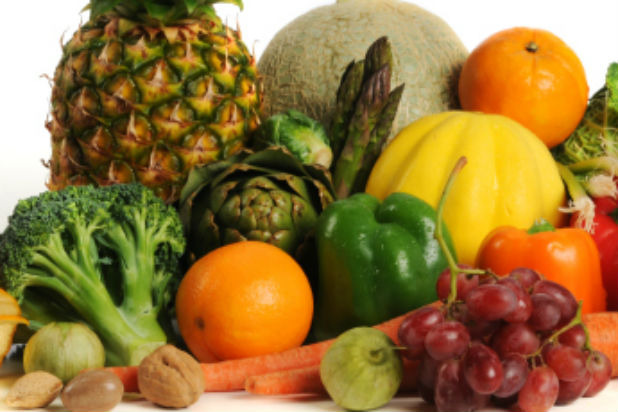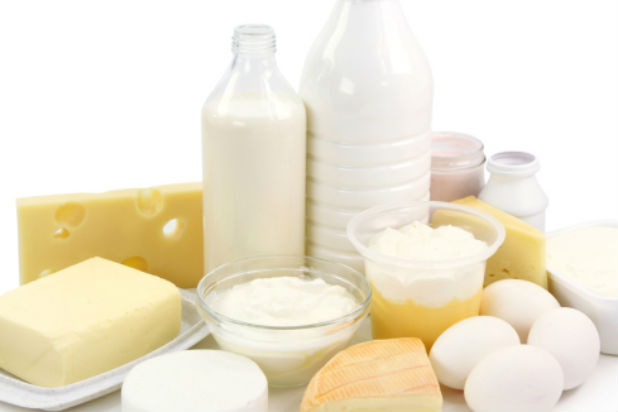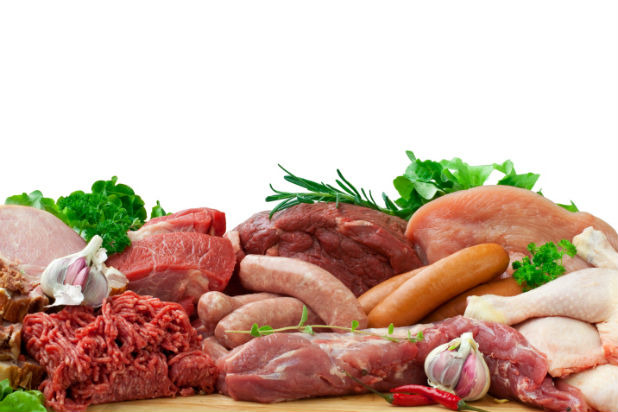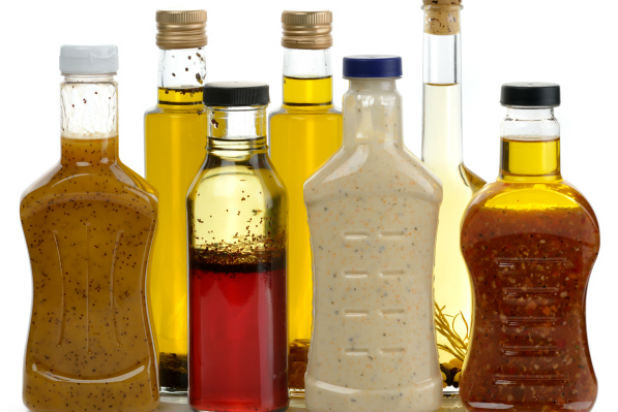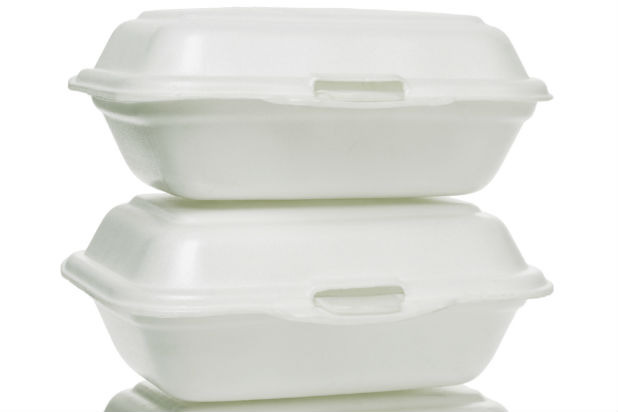How To Stock Your Refrigerator Slideshow
Fruits and vegetables last longer when they're stored in a humid place. In the refrigerator, that place is the drawers. It's also important to keep fruits separated from vegetables. Many fruits emit a gas called ethylene, and many vegetables are sensitive to that gas and will rot when they come into contact with it. Also, don't seal fruits or vegetables in airtight containers because they will suffocate and therefore, spoil. If any are bruised or rotten, throw them out so they don't contaminate the rest.
Dairy
Milk and yogurt belong on the top or middle shelves of your refrigerator. Keep them away from strong-smelling foods that could ruin their flavors, and always place eggs on a lower shelf so that they don't lose moisture or absorb unwanted flavors. Cheese, like fruit and vegetables, needs a warm place, too, so it should go in a drawer that's set to the appropriate humidity.
Meat and Seafood
Meat and seafood should be stored at the very bottom of the refrigerator in a drawer. You should always avoid letting both sit above or in a drawer with other foods in order to prevent cross-contamination.
Condiments
Since condiments aren't as perishable as most foods in the refrigerator, they can go in the refrigerator door where the temperature constantly fluctuates.
Leftovers
In order to make sure you enjoy your leftovers before they go bad, put them on a shelf where you can see them, such as the top or middle shelf. If it's been four days, and you haven't eaten them, stick them in the freezer to keep them fresh or toss them.
